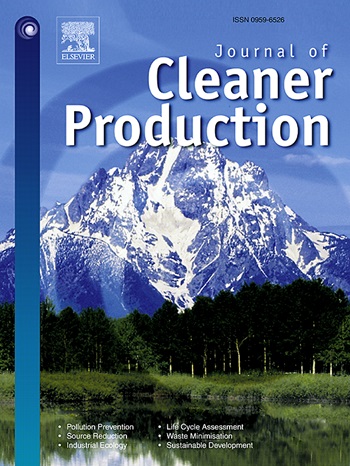Harmonizing land management strategies with dust transport and water conservation to target of Land Degradation Neutrality in Northern China
IF 10
1区 环境科学与生态学
Q1 ENGINEERING, ENVIRONMENTAL
引用次数: 0
Abstract
Large-scale afforestation has increased vegetation cover in dryland regions, yet ecological, hydrological, and socioeconomic constraints pose critical barriers to advancing restoration. Land Degradation Neutrality (LDN) offers a global framework for sustainable land management, but its feasibility in dryland ecosystems remains to be demonstrated. Here, we develop an integrated approach to achieving LDN by combining land management strategies with water-saving measures to identify optimal areas for ecological restoration. This strategy extends restoration benefits to over 62 million people, reaching an additional 58.1 % of densely populated areas. Moreover, the optimized land management reduces the increase in ecological water demand while simultaneously enhancing dust mitigation. Priority restoration areas, concentrated around key dust source areas such as the Gobi Desert, demonstrate improved water availability and amplified effects on reducing dust emissions in metropolitan regions. Our findings reveal substantial untapped potential within current restoration areas for further improvement. The in-depth understandings revealed by this case, including the LDN assessment of the dryland with ecological restoration, the land and water cost of the social benefit and the multi-path synergy in the management of the restored landscape, are critical for the progress toward LDN targets globally.
中国北方土地退化中性目标:沙尘输运和水土保持土地管理策略的协调
大规模造林增加了旱地植被覆盖,但生态、水文和社会经济等方面的制约因素对推进旱地植被恢复构成了重大障碍。土地退化中性(LDN)为可持续土地管理提供了一个全球框架,但其在旱地生态系统中的可行性仍有待证明。在这里,我们开发了一种综合方法,通过将土地管理策略与节水措施相结合来实现LDN,以确定生态恢复的最佳区域。这一战略使超过6200万人受益,人口稠密地区的覆盖率增加了58.1%。此外,优化的土地管理减少了生态需水量的增加,同时也增强了降尘能力。重点恢复地区集中在戈壁沙漠等主要沙尘源地区周围,在大城市地区,水资源供应得到改善,对减少沙尘排放的影响更大。我们的研究结果显示,在当前的修复区域中,有大量未开发的潜力有待进一步改善。本案例揭示的旱地生态恢复的LDN评价、社会效益的水土成本以及恢复景观管理中的多路径协同效应等深入认识,对全球实现LDN目标具有重要意义。
本文章由计算机程序翻译,如有差异,请以英文原文为准。
求助全文
约1分钟内获得全文
求助全文
来源期刊

Journal of Cleaner Production
环境科学-工程:环境
CiteScore
20.40
自引率
9.00%
发文量
4720
审稿时长
111 days
期刊介绍:
The Journal of Cleaner Production is an international, transdisciplinary journal that addresses and discusses theoretical and practical Cleaner Production, Environmental, and Sustainability issues. It aims to help societies become more sustainable by focusing on the concept of 'Cleaner Production', which aims at preventing waste production and increasing efficiencies in energy, water, resources, and human capital use. The journal serves as a platform for corporations, governments, education institutions, regions, and societies to engage in discussions and research related to Cleaner Production, environmental, and sustainability practices.
 求助内容:
求助内容: 应助结果提醒方式:
应助结果提醒方式:


